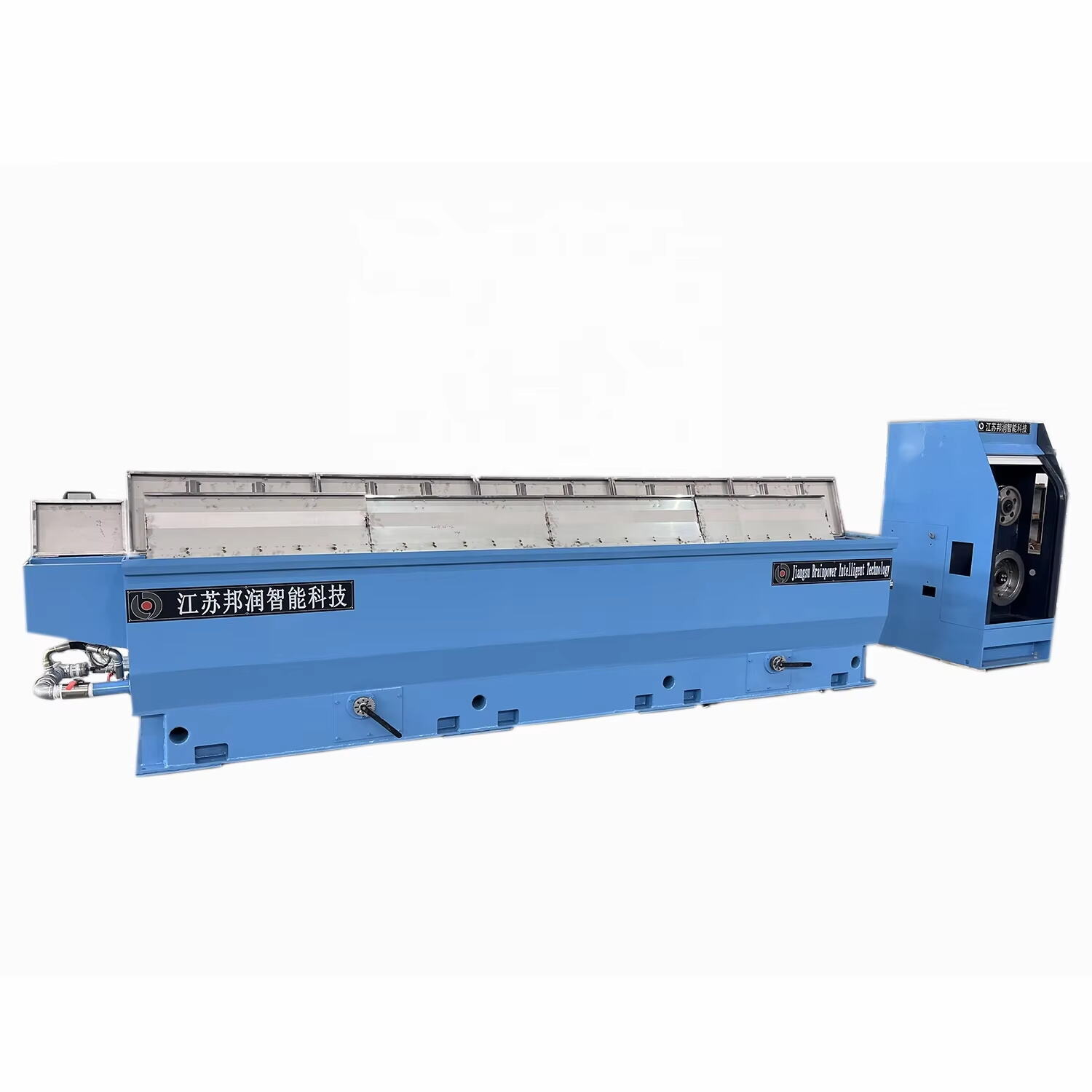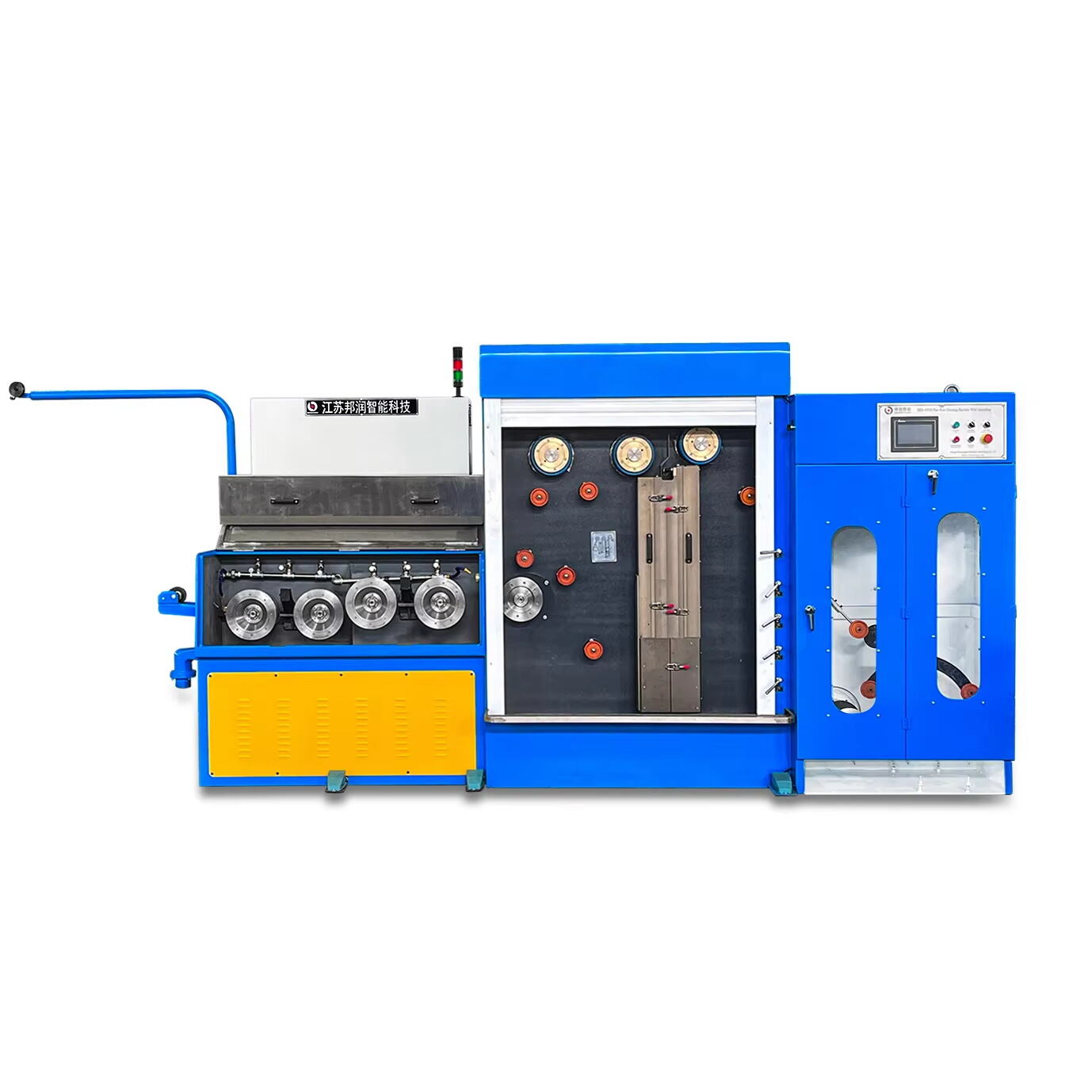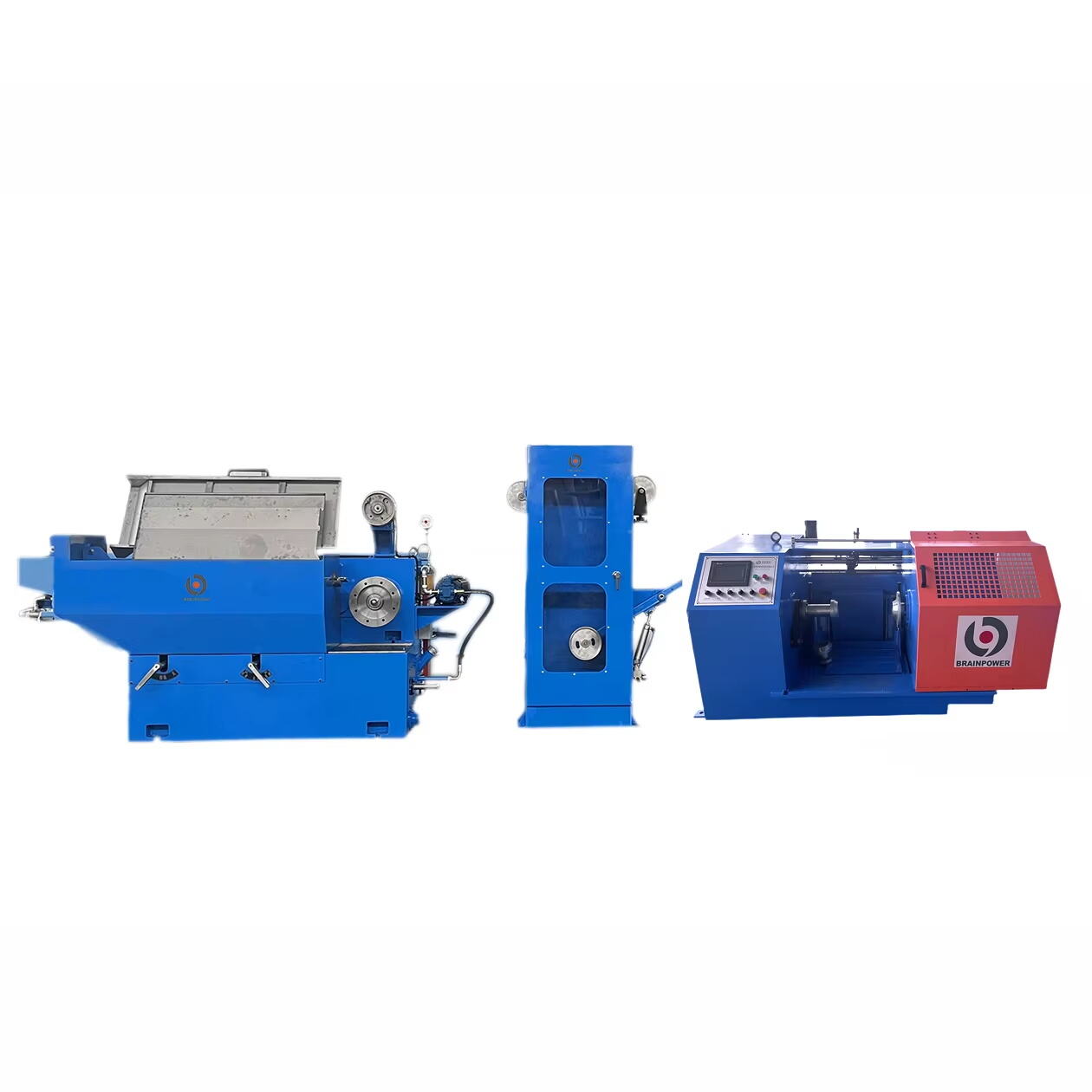doblado de alambre húmedo
El alambrado húmedo es un proceso avanzado de fabricación que implica tirar de un alambre metálico a través de una serie de matrices mientras está sumergido en un líquido lubricante. Esta técnica es esencial en la fabricación moderna de alambres, ofreciendo un control superior sobre la reducción del diámetro del alambre y la calidad de la superficie. El proceso comienza con el alambre siendo alimentado a través de una matriz mientras está completamente sumergido en una solución lubricante especialmente formulada, que cumple múltiples funciones, incluidas la refrigeración, la lubricación y la eliminación de residuos. El líquido lubricante mantiene una temperatura constante durante todo el proceso de alambrado, evitando el sobrecalentamiento y asegurando propiedades uniformes del alambre. Este método es particularmente efectivo para producir alambres de calibre fino utilizados en electrónica, aplicaciones automotrices e instrumentos de precisión. La tecnología incorpora sofisticados sistemas de control de tensión y monitoreo automatizado para mantener una precisión dimensional exacta y un acabado superficial. Las máquinas modernas de alambrado húmedo pueden alcanzar altas velocidades de alambrado mientras mantienen una excelente calidad del producto, lo que hace que este proceso sea ideal para entornos de producción en volumen alto. El proceso es especialmente valioso al trabajar con materiales que requieren un control cuidadoso de la temperatura o al producir alambres con requisitos de calidad estrictos.




